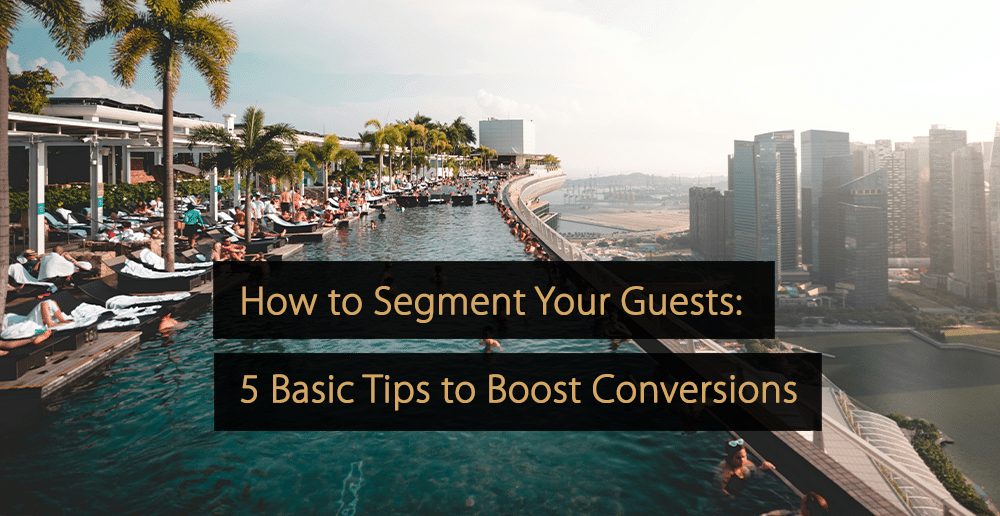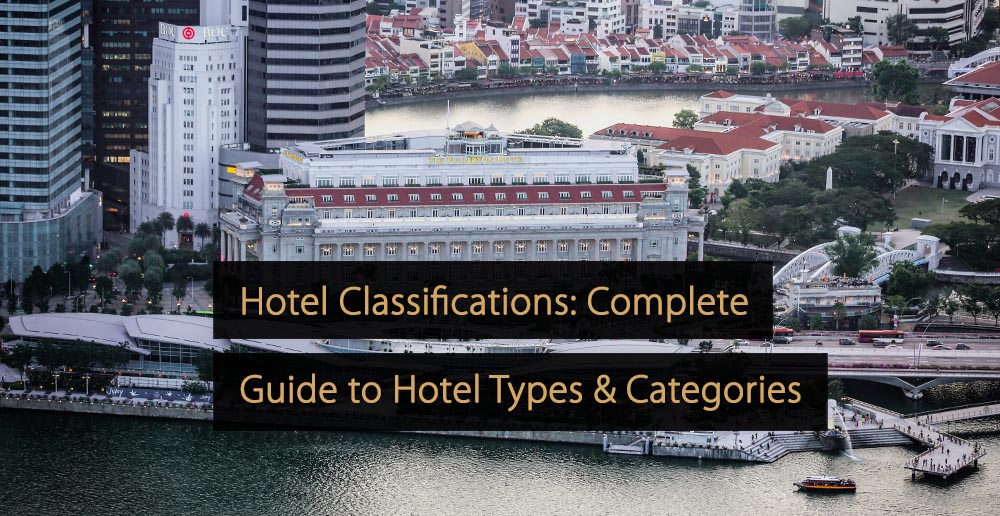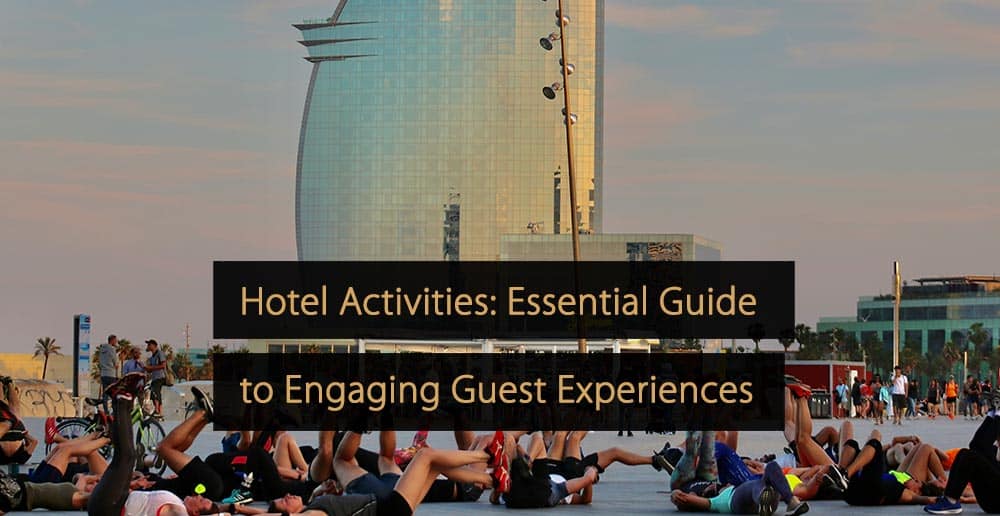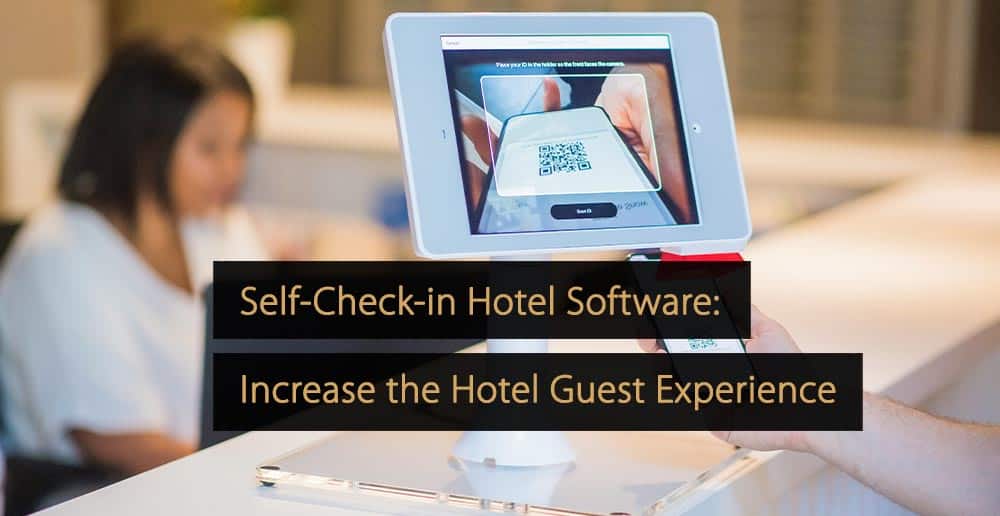A high occupancy rate is every hotelier’s dream. And to reach that high occupancy rate, hotels are heavily reliant on a good strategy. In the past, you may have devised a seemingly perfect marketing strategy to attract as many bookings as possible. However, you may have also been disappointed that you weren’t getting the desired results.
Don’t fall into the trap of thinking you must invest more in your marketing or improve the on-premise experience. While some of your unique selling points (USPs) are perfect for some travelers, they are less relevant for others. This is why having a well-defined target audience, and knowing its ins and outs, is crucial.
Catering to Everyone Means Catering to No One
By having a set target audience and tailoring your marketing, you can provide the personalized experience travelers crave. On top of that, good targeting offers more benefits. Think of a more efficient spend of your marketing budget, better use of time by investing it in high-value prospects, and being able to reach those that see more value in what you offer.
To ensure a focused and highly targeted marketing strategy, here are the 3 steps you need to take to ensure you best appeal to your target audience.
3 Steps to Reaching and Converting Your Hotel’s Target Audience
Below are three steps to reaching and converting your hotel’s target audience.
Step 1: Define and Understand Your Target Audience
Regarding terminology, it’s easy to mix up the ideas of ‘target market’ and ‘target audience’. And while both of them are highly relevant to you, you must distinguish and identify both properly.
In the context of hotels, a ‘target market’ is a broad set of people your hotel could potentially appeal to. A few ways to segment your target market is by looking at demographics such as age, income, and location. A ‘target audience’ is a specific set of people within your target market that you want to reach with specific marketing messaging.
Ways to Define Your Target Market and Audience
One of the best ways to identify your target market is by looking at your existing customers. What attracts them to your hotel, and what do they share? Luckily, for hotels, this information can be easily obtained. You can start by looking at PMS or Google Analytics data information.
For a more in-depth analysis, look at reviews, social media comments, surveys, or conversations your front desk may have with guests. This can help you form a broad idea of what your target market could look like. If you feel there are gaps you want to fill, consider sending out a post-stay study via email.
Use Your Data to Form Insights
It would help if you aimed to get to know who your guests already are and what they enjoy about your hotel. You can then use this information to determine what potential guests you will most likely attract. Having data is great, but you are trying to form insights—this means analyzing the data to form conclusions about the wants and needs of your hotel’s target audience. Afterward, you can tailor your marketing to suit the insights you have identified and attract the potential guests most likely to convert.
For example, you may have found through surveys that your quiet, cozy bar area and high internet speed have attracted many remote workers. Or, potentially, your proximity to a forest and your exquisite spa have been attracting couples looking for a retreat away from the bustle of the city. Keep this information in mind, and use it in your favor.
Step 2: Tailor Your Marketing Efforts to Meet Your Target Audiences’ Needs
You don’t have to reinvent the wheel regarding your marketing strategy to reach your target audience. Keep all the elements that have been bringing you direct bookings already. These can be social media, your website, or email marketing. However, you must take a few extra steps when devising the content for these channels.
Reaching the Right Audience
You need to make sure your message reaches the right audience. One easy way to do this is by setting up targeted messaging on your website. Like this, you will have the chance to create separate messages for different customer segments. On top of that, not only will this be done automatically for you, but you will also get to target specific groups in your booking engine.
Creating the Right Content
You need to make sure you “speak your guests’ language”. Tailor your messaging to make sure that you highlight the USPs they want to see when they book a hotel. For instance, families may not care about “Fast Wi-fi” when booking a hotel, but remote workers will surely do.
Ensure you understand your guests’ needs and highlight that in your offers. This also extends to your email marketing. For a highly targeted approach, you can personalize your pre- and post-stay emails based on each audience you have identified.
Messaging is just one way to ensure you reach your desired target audience. Another is imagery. For instance, choose imagery relatable to your target audience when posting on social media. If you target couples looking for a quiet retreat, it might be best not to use families with children in your imagery.
You can also consider collaborating with an influencer to make your marketing relatable to your target audience. Particularly if you find influencers that your audience would identify with, you open yourself up to a whole new audience of people that may not have heard of your hotel before. And don’t just look for big influencers—working with micro and nano influencers is helpful, too (and cheaper).
Step 3: Use Data to Measure and Optimize your Marketing Efforts
After implementing your targeted approach, you must measure its performance against your previous performance. You can look at metrics such as conversion rates, click-through rates, and numbers of bookings. If the numbers have improved, you are on the right path. If the effort doesn’t make a difference in the numbers, you may have failed to uncover the most valuable insights for your target audience.
Of course, you need to optimize your efforts constantly. Make changes to your offers over time to see how different versions perform. Some options you can consider are changes to your offers’ titles, descriptions, and USPs highlighted. On top of that, you may reconsider specific marketing channels. Is your social media underperforming? Consider where your audience spends most of their online time, and shift your focus there.
Get Ready for Highly Converting Targeted Marketing
It’s crucial to speak the language of your guests. And though you may think you know who they are, you might be surprised at some insights you can uncover. Don’t be afraid to dig deep into what your current guests like and dislike about your hotel. And after you’ve understood your audience, make changes to your strategy accordingly. The sooner you start refining your target audience and speaking their language, the sooner you can reap the benefits. So the best time to start is now.
More Tips to Grow Your Business
Revfine.com is the leading knowledge platform for the hospitality and travel industry. Professionals use our insights, strategies, and actionable tips to get inspired, optimize revenue, innovate processes, and improve customer experience.Explore expert advice on management, marketing, revenue management, operations, software, and technology in our dedicated Hotel, Hospitality, and Travel & Tourism categories.









Leave A Comment